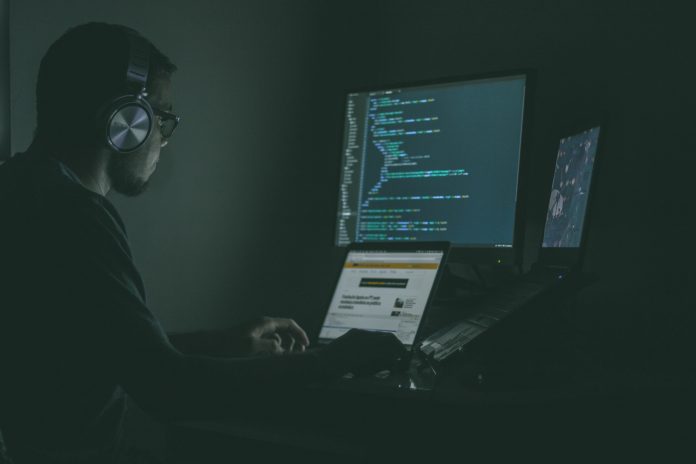
Internet has been the greatest boon to mankind. It has transformed millions of lives on earth. Moreover, the internet possesses the power to create the greatest revolutionary power of all times. Without multiple online platforms, day to day activities are made easy and flexible. The traditional ways of living are eliminated from the society and switched with modern and advanced means. However, the enormous possibilities of the internet have given a rise to multiple threats and risks as well. Cybersecurity has attracted the attention of millions of internet users.
It deals with protecting numerous internet systems like hardware, software, etc. and providing a smooth functionality to them. Cybersecurity helps in implementing and establishing a secure process from preventing systems from getting attacked by malicious threats. Cyber-attack holds the power of hindering the functionality of a device with low momentum, attack at data privacy, data leakage, ransomware and much more.
The organisation with exceptional databases and trafficking at great risk of cyber-attack. Moreover, accessing unauthorized websites and advertisement may lead to exposure of cyber attacking. Experts have discovered various types of cybersecurity threats. One may find it difficult to figure out the presence of harmful cyber attacking elements in a system. Therefore, it is essential to practice cyber health activity for smooth functionality. Malware and ransomware attacks, social engineering, phishing, etc. are some major cybersecurity threats prominently found in devices.
Here is a list of healthy cybersecurity practices which should be carried out at regular intervals.
- Avoiding unnecessary pop-ups and emails
Flashing pop-ups and advertisements are a keyway of accessing the databases of the systems. This is done by downloading a file, clicking on a link, receiving spam emails from an authority and much more. Therefore, a person must avoid clicking to the flashing links because they may contain codes for a malware misfunctioning.
2. Secured home routers and servers
Private home routers and serves are often exposed to the cyber attacking links and scripts. Therefore, a firewall protection system must be enabled while operating from home devices or Wi-Fis. Firewall prevents foreign users from accessing the website or databases, mail sources, unnecessary downloads, etc. Apart from these, a strong VPN system must be used. This is because Wi-fi often makes the data vulnerable to foreign damage-causing interceptions.
3. Installation of a security software
A very common and effective way of establishing a shield against cyber attackers is to install a cybersecurity software in the system. These software scan numerous files and data of the device and effectively detect the presence of a potential threat or virus. It is advisable to spend on cybersecurity since it the most effective way of protecting the information of the device. This software must be updated from time to time. Moreover, they also help in backing up the stored files.
4. Keeping a tab on relevant information and news
Keeping a tab on the cyber attacking trends will allow a user to stay protected from possibly malicious breaches. Cyber Beat provides insightful articles and posts on various subjects related to cybersecurity. Moreover, cybersecurity news aggregator at the site is essential for effective prevention from potential threats.
5. Working with authorize software
Working from home exposes a system to hundreds of online threats. The personal privacy and confidential details of the organisation end up being at risk. Therefore, an organisation must allow employees to work on authorized systems only offered and purchased by the company itself. This ensures that the software in use is trustworthy and will not cause data breaches.
6. Establishing a third-party control
Confidential customer databases are stored in the device of multiple employees. As a result, there is a high risk of cyber breaches. Therefore, it is advisable to limit the accessibility of such data from a few employees. Moreover, it becomes necessary for companies to keep a tab on the cyber activities of prior employees and serviceman. The moment any device comes in contact with infectious attackers, the information is leaked and send to harmful sources.
7. Password protections
Another key way of providing system protection from cyber-attacks is to use a strong password and authentication. A strong password is a cluster of unique figures like numbers, alphabets, symbols, etc. moreover, frequent changing of passwords is also advisable. Multi-factor authentication helps in denying access to sensitive network spheres. Password and authentication offer massive shielding ability to devices from malicious cyber-attacks.
Cybersecurity encompasses on protecting from vast and distinctive data attackers. This is because data leakage causes an unexpected and severe damage which one may never think off. However, cybersecurity is an underrated terminology and is often considered unnecessary. This myth must be eliminated and necessary steps must be taken to boost system functionality.















